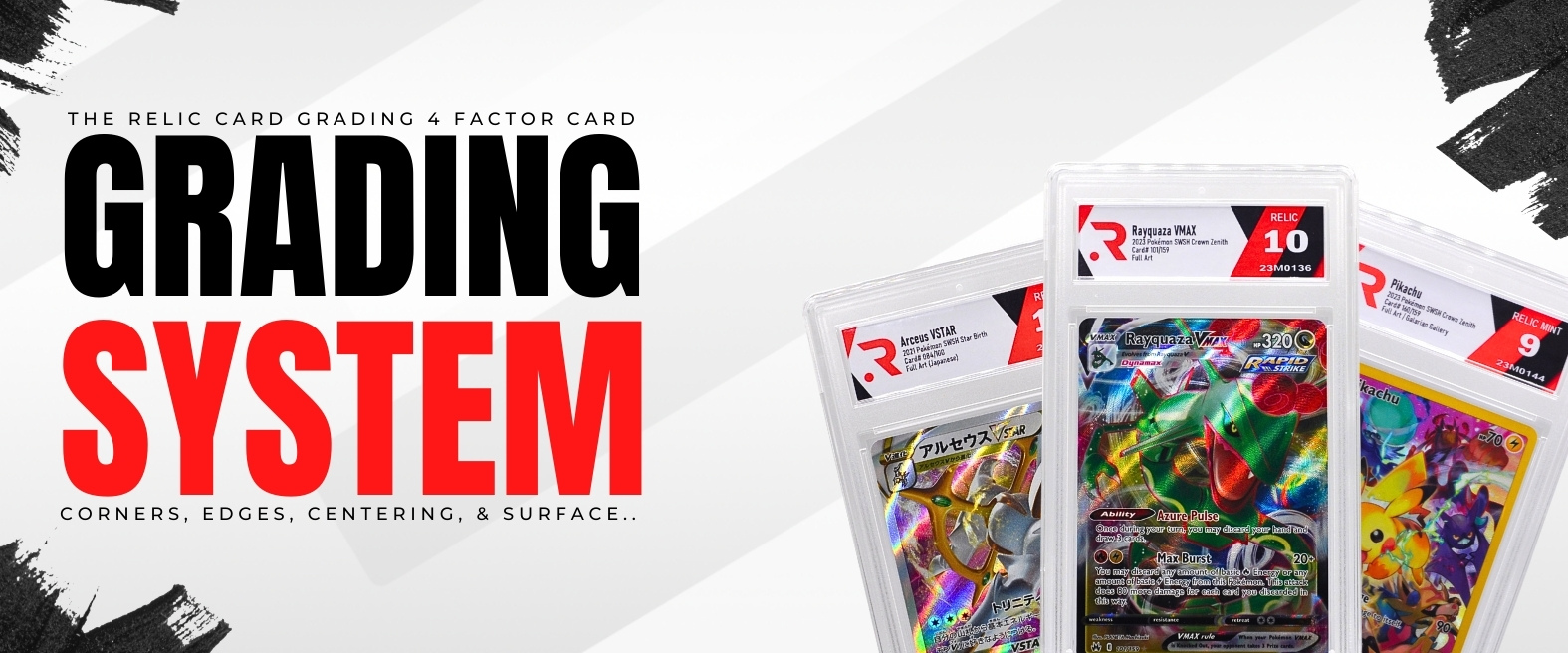
TRADITIONAL CARD GRADING + TECH
Relic Card Grading combines traditional card grading methods with high-resolution magnification to ensure accurate grading and authentication. All cards are initially checked visually, under various lighting conditions, for obvious signs of wear. Next, we employ traditional card grading techniques to check for flaws that may not be readily visible to the naked eye. This includes evaluating cards under low magnification (10x) which provides additional insight into the quality of the card and aids in pinpointing minor surface imperfections, corner and edge wear, etc.
At Relic Card Grading we believe there’s a big difference between a 9.0, 9.5, and 10. In our opinion, only best cards deserve the distinguished RELIC 10 grade. You can read more about our grading criteria below.
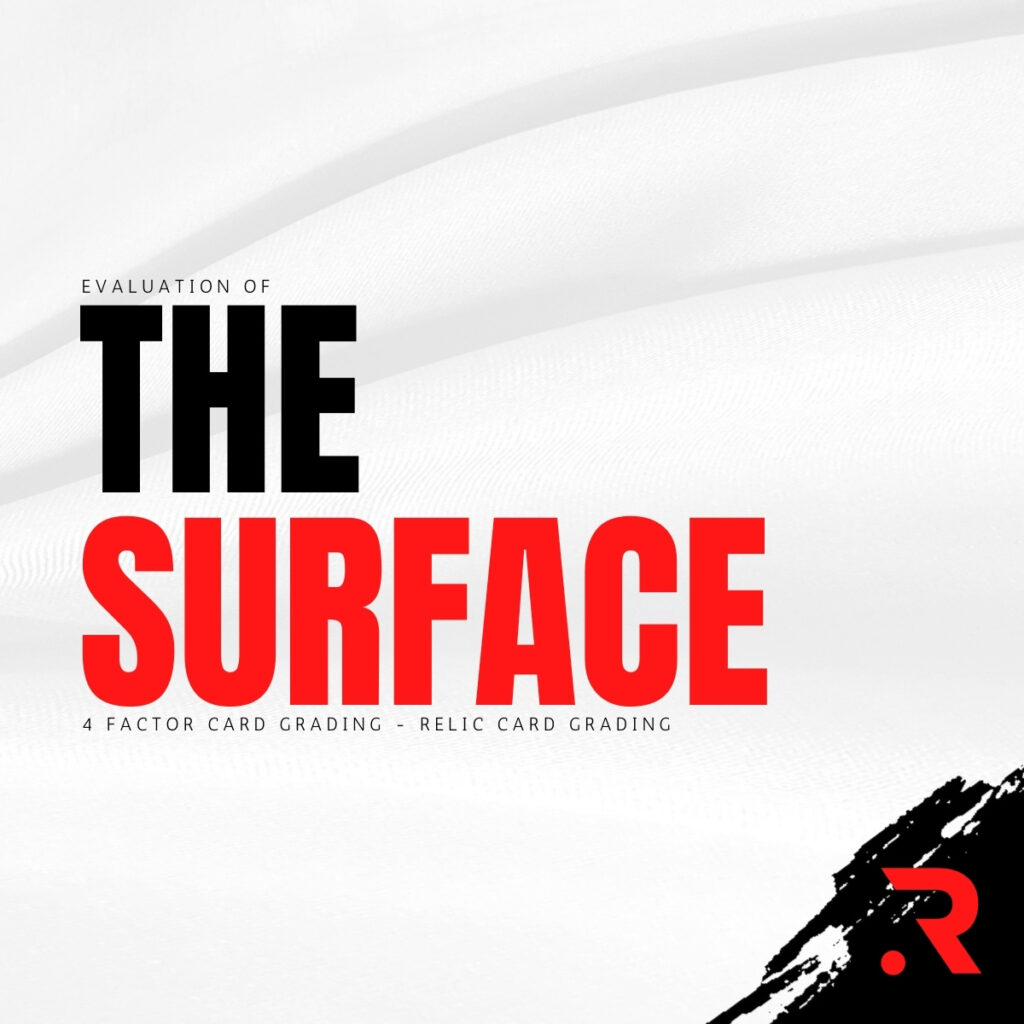
SURFACE EVALUATION
Print lines, scratches, dimples, and more…
Relic Card Grading takes a hard look at the surface of every card we evaluate. If you are trying to obtain a RELIC 10 grade, your card must be completely void of any scratches, print lines, color loss, image focus issues, dimples, and any other defects that detract from the overall aesthetic value of the card.
EDGES
Chipping, fraying, splitting, and more…
Relic Card Grading takes a close look at the integrity of card edges. We look for any signs of wear and/or production flaws that may diminish overall card quality. Potential flaws include chipping, fraying, edge splitting, and more. Both edges and corners are evaluated using high magnification (>10x) to pick up any flaws that may not be picked up by the naked eye.
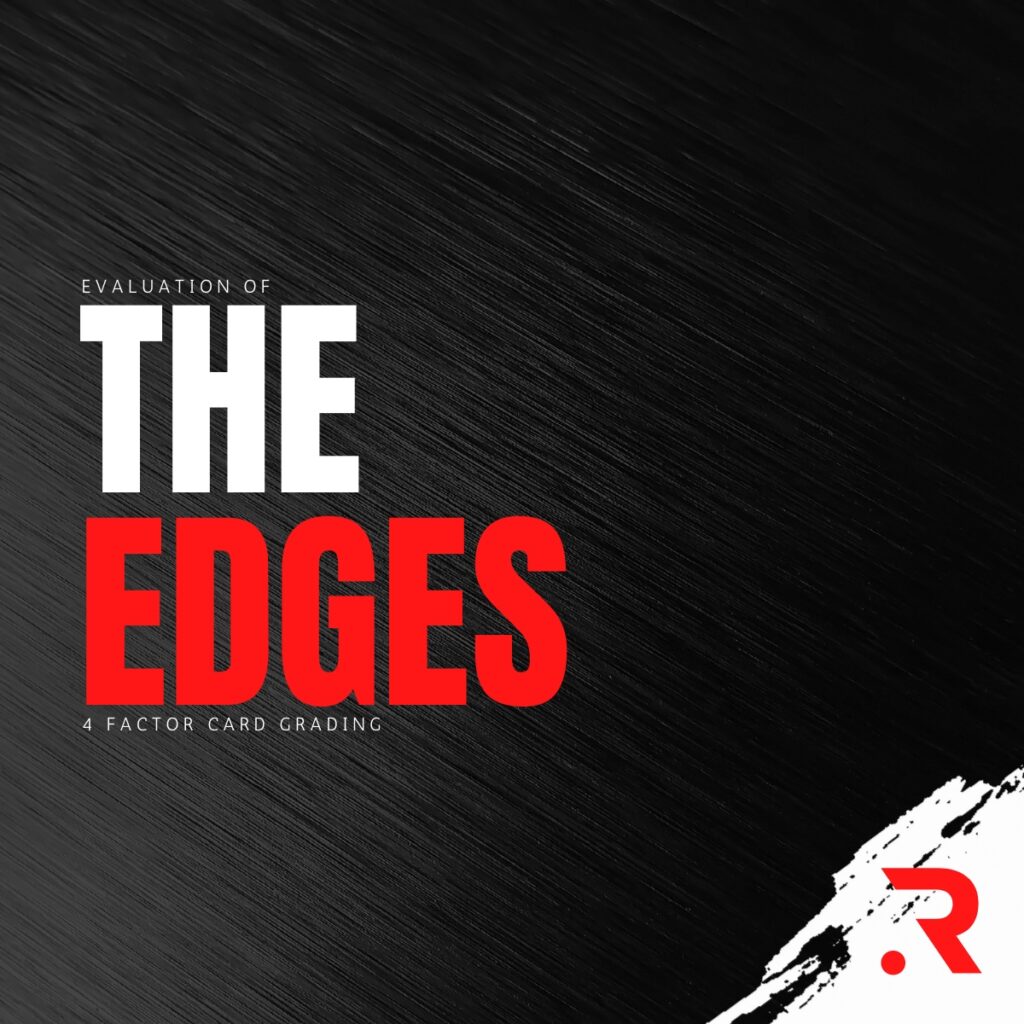
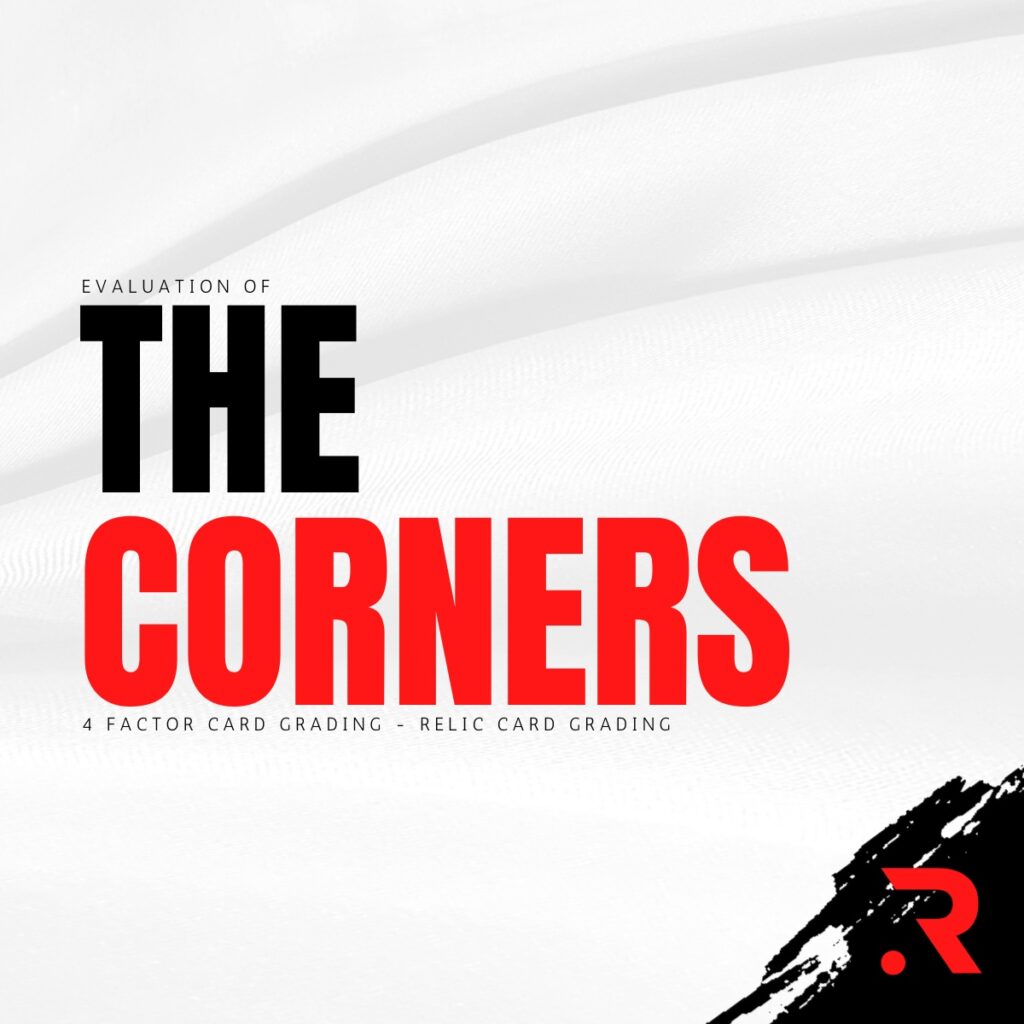
CORNERS
Rounding, fraying, splitting, and more…
In order to achieve the highest grade possible, corners should be sharp (unless we are grading Pokémon cards or other cards that are supposed to have rounded corners). The corners should also show no signs of wear like rounding, fraying, splitting, whitening, or any other visual defects.
TOTAL IMAGE CENTERING
Top to bottom and left to right…
While we believe card centering is an extremely important quality factor, we do allow for a little tolerance on centering (but not much). You can see the details by reviewing the grading scale below but, if you are looking to score a RELIC 10, your card will need to have near perfect centering.
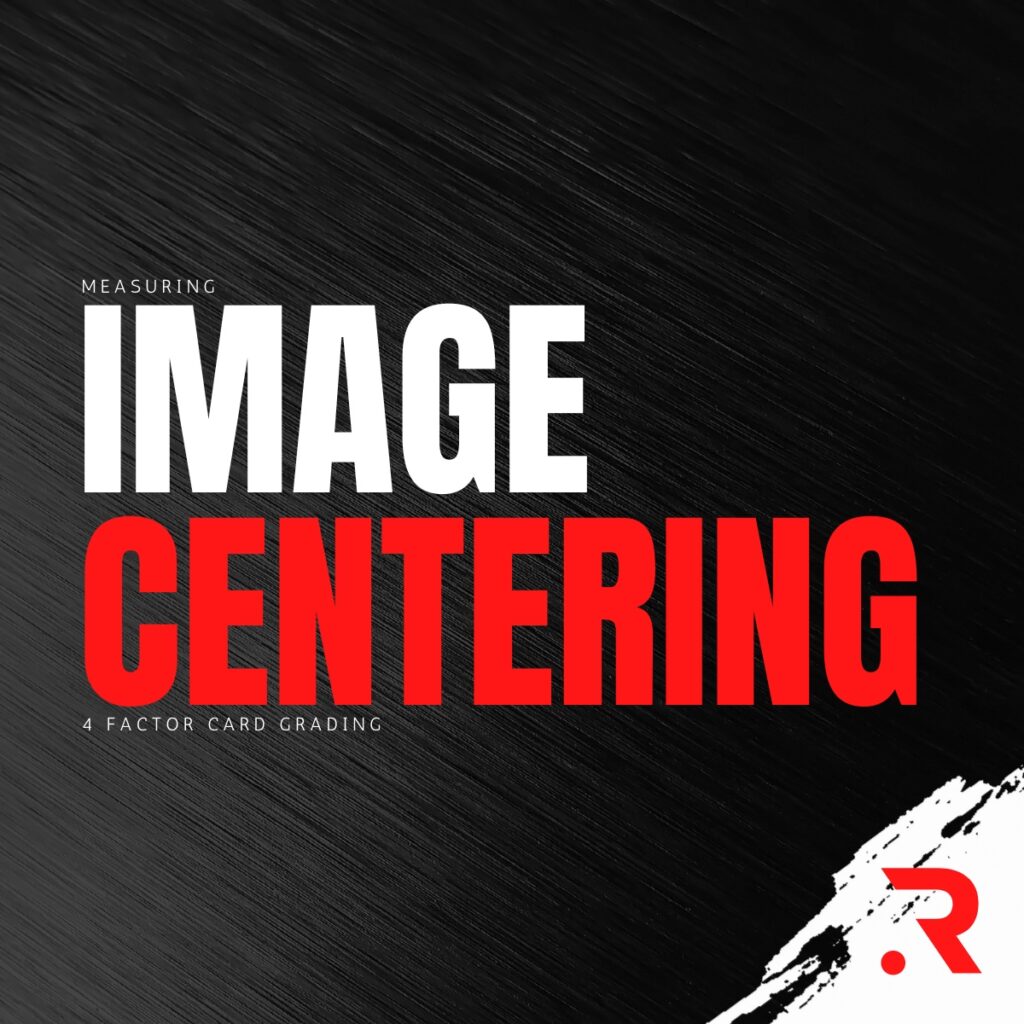

THE RELIC CARD GRADING SCALE*
The Relic Card Grading system takes all four grading criteria into consideration (i.e., corners, surface, edges, and centering). We meticulously evaluate every card submitted to ensure grading accuracy and consistency.
CARD GRADING VARIANCE & DISCLAIMER
The Relic Card Grading scale is intended as a general guidance tool for collectors; however, the grade a card receives may be influenced by additional factors not included not outlined above. This includes differences in card production techniques, production years, card types, and more. Each card brand, type, and production year may have standard deviations that may need to be considered during the card-grading process, potentially affecting a card’s final grade.
These factors include but are not limited to, variations in average production centering, common print flaws or deviations, and other printing or production nuances. Relic Card Grading continuously implements new processes and technology to minimize subjectivity in card grading; however, subjectivity is inherent whenever a visual evaluation is conducted. Therefore, all grades provided by Relic Card Grading should be considered a general quality assessment. All grades are final.
See Terms & Conditions for more details.

Relic Card Grading Newsletter
"*" indicates required fields

